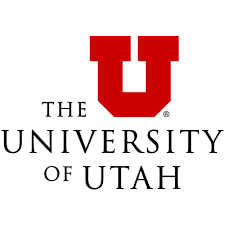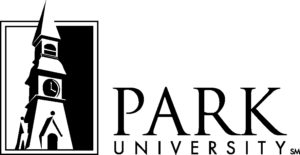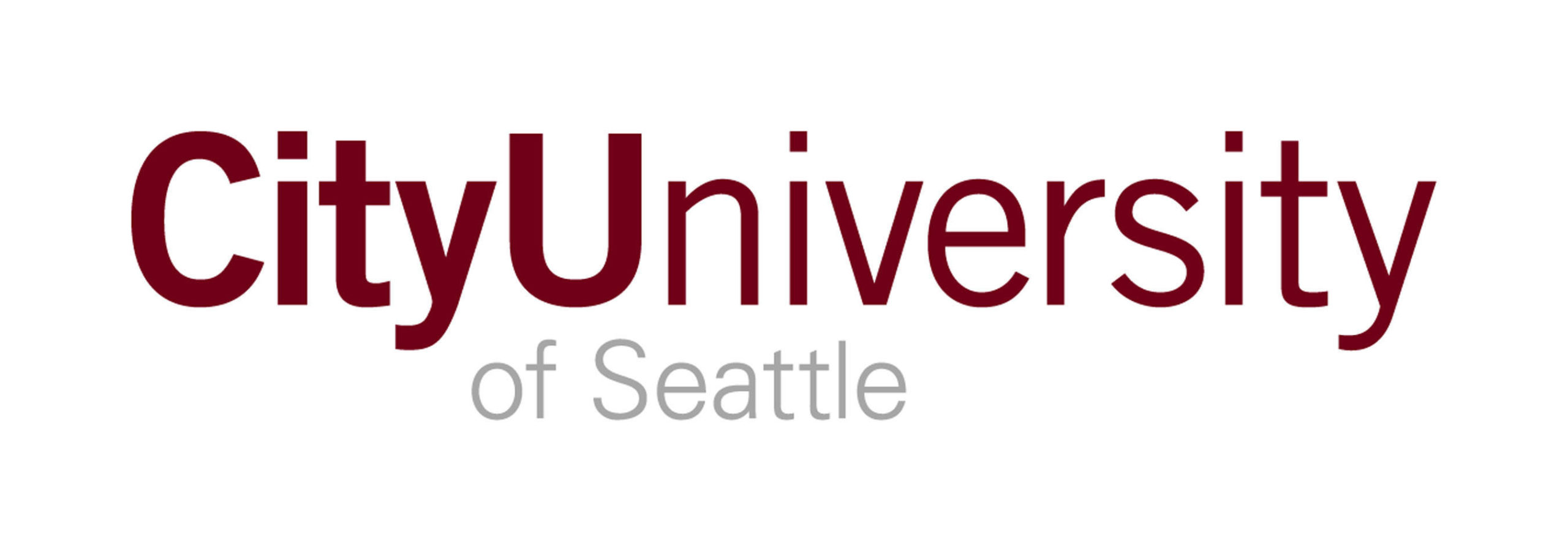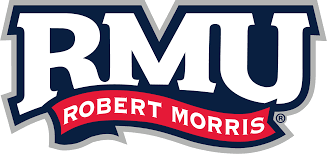As baby boomers require more persistent medical care in the later stages of their lives, hospitals and clinics will require professionals with the best master’s in health services.
If incorporating skills from the medical and business side of the industry is interesting to you, a master’s degree in health services may be right for your future.
What is a Master’s Degree in Health Services?
A Health Services degree focuses on the study of health and applied science within the healthcare sphere. It also includes education regarding business and the healthcare system in society. It’s quite versatile as a degree choice and can be used by professionals seeking to become primary health care providers or healthcare administrators in equal measure.
Of course, you can always focus directly on a Master’s in Healthcare Administration if that’s what inspires you. If you want to focus on serving communities beyond healthcare, consider a Master’s degree in Human Services.
How Much Can You Earn with a Master’s in Health Services Degree?
The possible salary for someone with a Master’s in Health Services can vary greatly depending on their experience level and exact position. Becoming a medical or health services manager will award you an annual salary of about $99,000 per year.
What is Required for a Master’s in Health Services Degree?
A master’s degree in health services will require extensive education in a variety of subjects, including:
- Biology
- Business
- Communication
- Medicine
- Finances
- Leadership
- Physiology
- Psychology
- Sociology
- And more
Most master’s programs of any kind will require a completed bachelor’s degree in a related field before applying for the program. Many of the best master’s programs also require some work experience and possibly several letters of recommendation from peers or former teachers.
All master’s programs typically have a high GPA requirement (usually around 3.0 or better) as well as certain GRE scores.
What Are the Best Master’s in Health Services Degrees?
OSR uses six data points: three school-wide and three program specific. For school-wide, OSR uses Student Satisfaction, Admission Rates, and the number of programs the school offers online. For program-specific, OSR checks the Median Debt of graduates from that program, how many degrees are offered within that program’s umbrella department, and what percentage of students at that school graduated from that department.
The six statistics are displayed by each school. The sliding bar under each statistic represents how that school compares to other US institutions. “Not reported” means a school did not release that information to the US Department of Education. A more detailed description of the OSR process can be found on the methodology page.
























